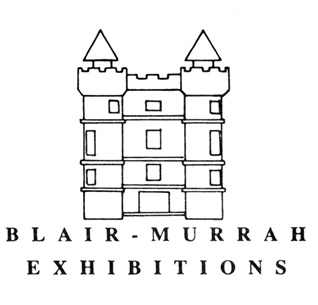The Art of the Chinese Farmer
This exhibition features over fifty framed Chinese New Year's prints designed and produced by farmers in conjunction with the annual Spring Festival. Each of the prints bears an unique and colorful design that highlights some aspect of everyday Chinese life, folk culture or historical legend.
The designs are exquisite, the composition full and proportional, the lines bold and succinct, the colors bright and beautiful and the contrasts sharp. The prints combine the characteristics of romance, symbol and implication.
The custom of making Lunar New Year prints, called Ainan Hua, originated in the village of Yangjiabu, China during the latter part of the Ming Dynasty. Then, as now, the prints were made by farmers who, after the fall harvest, carved the blocks and made prints from them. Printing generally begins in September or October and is completed in January before the Spring Festival.
Approximately 200,000 prints are made from each block and it is estimated that over 1,000,000 pieces are produced each year. Those designed for export are printed on rice paper, while those intended for local use are printed on less expensive factory paper. Both varieties are printed with the same chemical ink that is used for painting the famous Chinese kites.
The prints are designed to be used for one year and are hung on virtually every door of each residence. Sometimes they are even hung on the gate of a pigsty. Many are printed in pairs and used on double doors or on the inside and outside of a door.
While the custom of print-making was once prevalent in most of the farming villages, only 14 villages are currently engaged in producing prints. These villages, led by Yangjiabu, supply prints to farmers in other villages and examples of their work can be found in provinces ranging from Jilin to Lisoning. They can also be found in many countries throughout the world. France is the largest importer, followed by Hong Kong, Japan and the United States.
In addition to the prints, this exhibit includes carved blocks and educational panels. Arrangements can be made for workshops given by visiting Chinese farmers who will demonstrate their art and offer audiences instruction in print making. (The cost for the workshops and the instructor's travel will be prorated between the interested institutions.)




